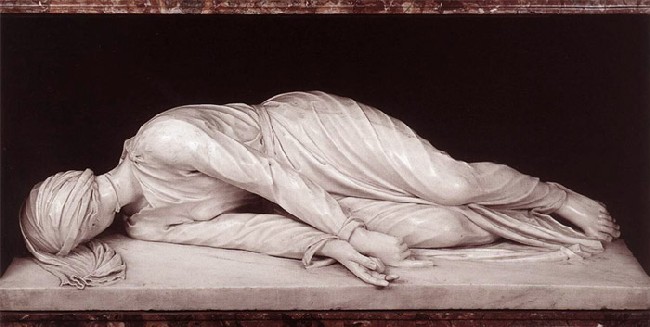
CityDesert — “Desert Spirituality for the City” — is a new-to-me blog that is well worth reading.
The “desert” homes of the early desert fathers may have been more like uninhabited remote areas that were actually fit for the support of life and not the completely barren wastelands that I sometimes pictured in my mind and wondered about.
The always helpful New Advent Encyclopedia has an insightful article on the “desert” or wilderness in the Old Testament. The article can also give a better idea of the term in later monastic writings.
From the first part of the New Advent article:
The article then continues to explain and give examples of the four Hebrew words.
“The Hebrew words translated in the Douay Version of the Bible by "desert" or "wilderness", and usually rendered by the Vulgate desertum, "solitude", or occasionally eremus, have not the same shade of meaning as the English word desert. The word wilderness, which is more frequently used than desert of the region of the Exodus, more nearly approaches the meaning of the Hebrew, though not quite expressing it. When we speak of the desert our thoughts are naturally borne to such places as the Sahara, a great sandy waste, incapable of vegetation, impossible as a dwelling-place for men, and where no human being is found except when hurrying through as quickly as he can. No such ideas are attached to the Hebrew words for desert. Four words are chiefly used in Hebrew to express the idea.”
“A place apart” is how I think of where the monastic fathers lived — the core concept is living in a place outside the scope of where others live. And to further narrow the distinctions, this is not like being barred from all other human contact.
The European Benedictine monks who are the spiritual grandsons of John Cassian(1) illustrate this idea of living apart, but not being cut off from the wider community.
Monasteries were often where towns grew up, where local roads and bridges were maintained, where large surrounding populations saw the monastery as a cultural and economic leader of the community, and where schools helped local neighbors.
The CityDesert blog proclaims that for contemporary Christians we can find desert spirituality in the city. Although mostly uninhabited today the desert city has a long history of being a good land, a land of milk and honey — where the most exquisite flowers grow.
__________________________
Footnotes:
(1) I wrote this blog about Cassian’s role in the development of Western monasticism from Eastern principles.
The Plan of St. Gall portrays a planned community hub rather than an isolation chamber. I blogged about the Plan of St. Gall at the end of this blog. See also the Plan of St. Gall itself and a section on the Horn & Born book about the Plan and monastic life during the Middle Ages.






No comments:
Post a Comment